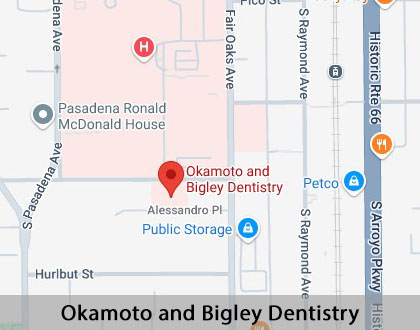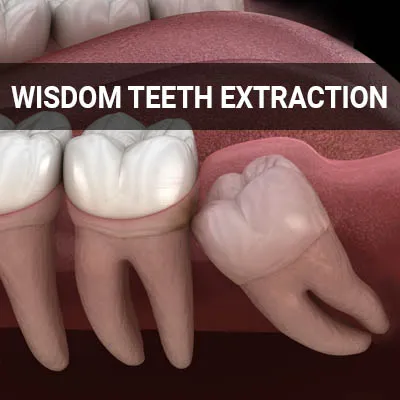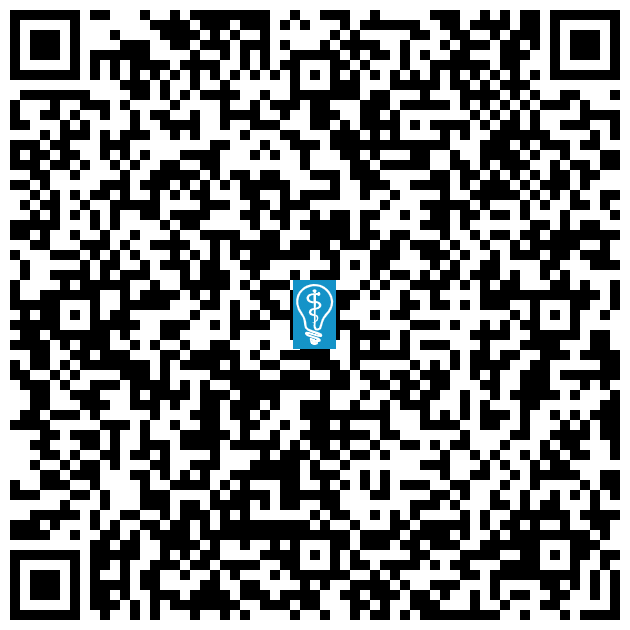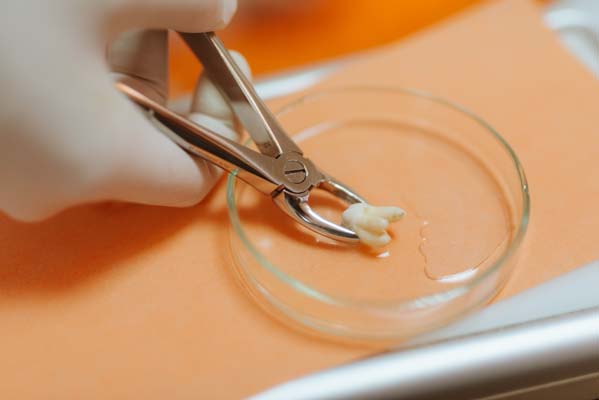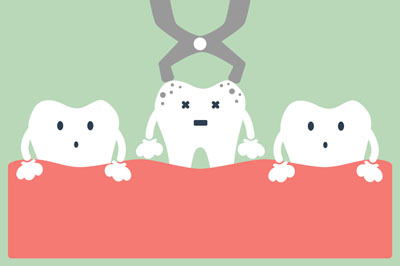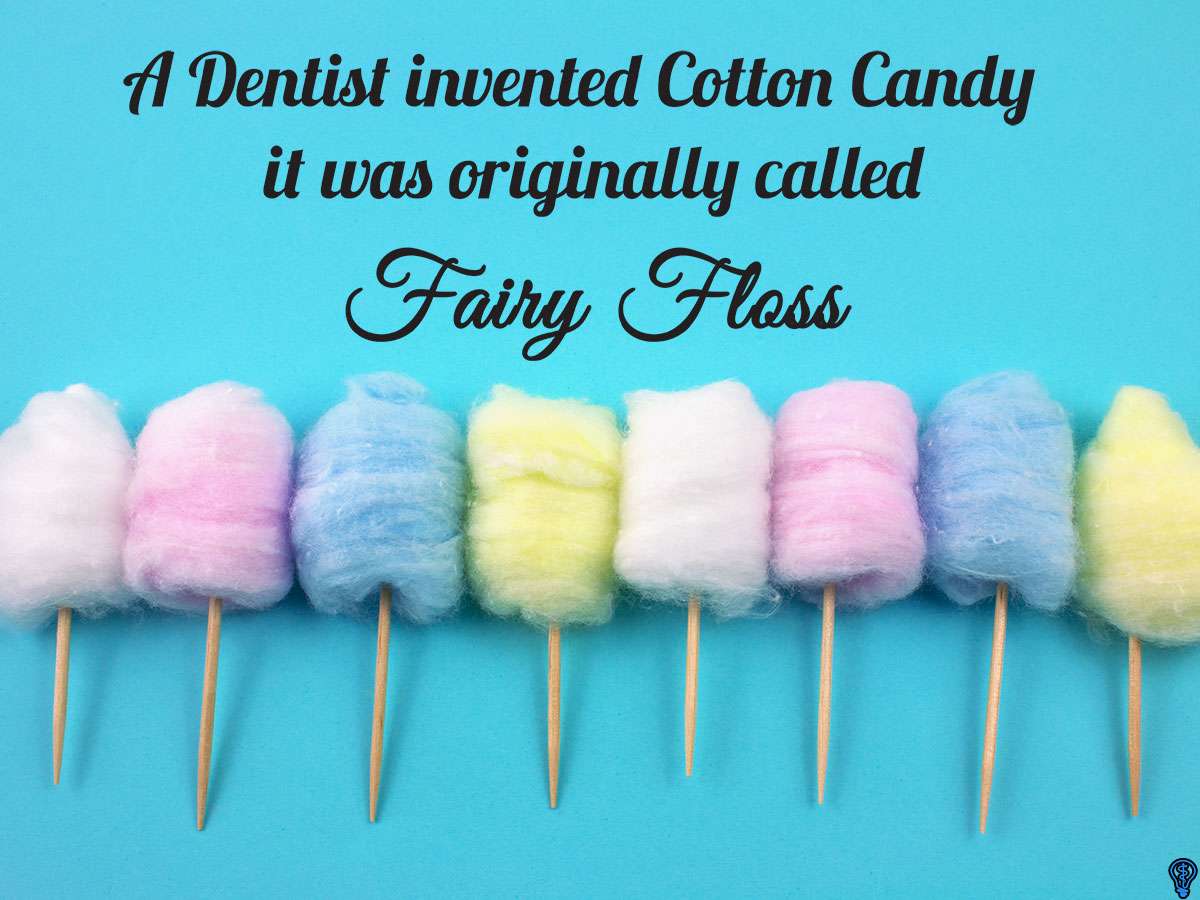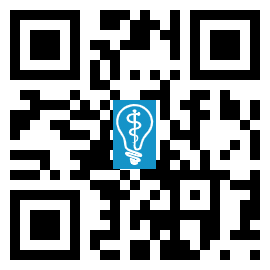When Is a Tooth Extraction Necessary Pasadena, CA
Although it is best to preserve a natural tooth, there are times when a tooth extraction is necessary. An extraction may be the best option to maintain oral health due to trauma, disease, or crowding. Tooth extraction involves the complete removal of one or more teeth from the jaw bone.
Tooth extraction is available at Okamoto and Bigley Dentistry in Pasadena and the surrounding area. Our team can extract teeth gently and safely to preserve your oral health. Call us at (626) 472-2178 to learn more about our services or schedule an appointment.
A Normal Procedure
While it is best to preserve natural teeth, many reasons can necessitate tooth extraction. Sometimes a filling or crown is not enough to restore a tooth. The American Dental Association suggests the extraction of teeth that have suffered severe trauma, have extreme tooth decay or disease, or are crowding the surrounding teeth. It is also normal for patients to have an extraction or two before orthodontic treatment.
Many tooth extractions are relatively simple and performed in-office. For teeth that are visible about the gum line, we will numb the extraction site and remove the tooth with forceps. Broken or impacted teeth require a more involved procedure.
“The American Dental Association suggests the extraction of teeth that have suffered severe trauma, have extreme tooth decay or disease, or are crowding the surrounding teeth.”
Preventing Infection
According to the National Institute of Dental and Craniofacial Research, gum disease is the most common cause of tooth loss in adults. Gum disease occurs when bacteria get below the gum line and causes infections. Without treatment, oral bacterial leads to gum recession, damage to the jawbone, loose teeth, and even tooth loss.
Research has also shown chronic dental infections can cause inflammation that contributes to cardiovascular disease, stroke, and many other related diseases. While a root canal can often save a tooth from decay, sometimes a tooth is beyond saving due to lost structure and stability. Tooth extraction can prevent damaging decay and infection from spreading.
“Tooth extraction can prevent damaging decay and infection from spreading.”
Common Types of Tooth Extractions
Teeth are often extracted when they are either crowding or impacted. Crowded teeth cannot fit adequately in the mouth, while impacted teeth (usually wisdom teeth) do not have enough room to grow. Impacted wisdom teeth are among the most common types of tooth extractions, and they typically come in during a patient's late teens or twenties. Not all wisdom teeth have to be extracted. However, once they start causing problems, extraction may become necessary.
It is also not uncommon to require tooth extractions before receiving braces. Orthodontic treatment necessitates a proper realignment of the teeth, which requires adequate room in the mouth. As such, crowded teeth may require extraction to achieve desired results. This may also reduce the patient's risk of developing cavities and gum disease.
“Teeth are often extracted when they are either crowding or impacted.”
Check out what others are saying about our dental services on Yelp: When Is a Tooth Extraction Necessary in Pasadena, CA
When Tooth Restoration Is Not Enough
Typically, the first option to restore a damaged tooth is a crown or filling. If the damage is too severe, trying to save a tooth may put oral health at further risk. A filling may put the tooth at risk for shattering, while a tooth may not be strong enough to support a crown. Root canals are also not possible when there is too much tooth damage.
Each tooth has a limit to how many times it can be worked on before it starts to fail. Redoing a crown or root canal only buys so much time. After several fillings, crowns, and root canals, there will not be much of the tooth left to save. At that point, tooth extraction is the best option to maintain oral health.
“If the damage is too severe, trying to save a tooth may put oral health at further risk.”
Questions Answered on This Page
Q. Why would a tooth need to be extracted?
Q. Why is stopping infection from spreading important?
Q. When is restoration not enough to save a tooth?
Q. What sorts of trauma can necessitate tooth extraction?
Q. What are the common types of tooth extractions?
People Also Ask
Q. When should one seek emergency dental care?
Q. What should I do if I lose teeth?
Q. Am I at risk for cracked tooth syndrome (CTS)?
Q. What methods are available to repair a chipped tooth?
Q. How does a dentist prepare a tooth for extraction?
Q. What is a partial removable denture for one missing tooth?
Trauma and Tooth Extraction
Teeth are tough but not indestructible. Traumatic dental injuries can occur from a sports injury, car accident, or even a simple slip and fall. While many injuries are minor, if the tooth becomes severely damaged to the point where restoration is not possible, an extraction will be necessary.
After sustaining tooth trauma, patients should schedule an appointment quickly to improve their outcomes. Our team can look for signs of additional damage that may not be immediately obvious. Severely fractured teeth can be very loose and unable to be restored with dental work, thus making tooth extraction necessary. Patients should take any dental trauma seriously, even if it seems mild.
“While many injuries are minor, if the tooth becomes severely damaged to the point where restoration is not possible, an extraction will be necessary.”
Frequently Asked Questions
Q. Do tooth extractions hurt?
A. In most cases, the patient will receive general or local anesthesia to keep them comfortable during the procedure. Some teeth that require extraction have even lost some of their nerve signals. We will do everything in our power to keep your safety and comfort at the forefront of everything we do.
Q. What should I tell my dentist before my tooth extraction?
A. Tooth extraction is generally a safe procedure, but there is a small risk of harmful bacteria entering the bloodstream. It also puts gum tissue at a small risk of infection. As such, patients with any conditions that put them at high risk for developing a severe infection may need to take antibiotics before and after the extraction. Make sure to let Okamoto and Bigley Dentistry know your complete medical history and any medications and supplements you are currently taking. It is also essential to let us know if you have congenital heart defects, artificial joints, damaged or man-made heart valves, impaired immune system, liver disease, or a history of bacterial endocarditis.
Q. When should I call the dentist after my tooth extraction?
A. Some swelling and residual bleeding 24 hours after a tooth extraction are normal and to be expected. However, you should call us immediately if you are experiencing severe pain and bleeding for more than four hours after the tooth extraction. You should also let us know if you are experiencing any signs of infection (such as fever and chills), nausea and vomiting, cough, shortness of breath, redness, swelling, chest pain, or excessive discharge from the treated area.
Q. What is it like to recover from a tooth extraction?
A. It usually takes a few days to recover from a tooth extraction. Some minor pain and discomfort are not unusual, and they can generally be controlled with over-the-counter medications. Eating soft foods, refraining from tobacco use, and applying an ice pack can also help.
Q. What happens after a tooth extraction?
A. We may prescribe you painkillers to prevent infection. Take these as directed. Do not rinse or spit forcefully for 24 hours after the extraction, lest you dislodge the clot forming in the socket. Remember to follow any other direction we provide you.
Dental Terminology
Call Us Today
When necessary, tooth extraction can relieve pain and give you have a more functional smile. Our team at Okamoto and Bigley Dentistry can help determine whether you are a good candidate for this procedure. Call us at 626-472-2178 to learn more about our services or schedule an appointment.
Helpful Related Links
- American Dental Association (ADA). Glossary of Dental Clinical Terms. 2025
- American Academy of Cosmetic Dentistry® (AACD). Home Page. 2025
- WebMD. WebMD’s Oral Care Guide. 2025
About our business, and website security
- Okamoto and Bigley Dentistry was established in 1984.
- We accept the following payment methods: American Express, Cash, Check, Discover, MasterCard, and Visa
- We serve patients from the following counties: Los Angeles County
- We serve patients from the following cities: Pasadena, South Pasadena, Arcadia, Monrovia, and Glendale
- Norton Safe Web. View Details
- Trend Micro Site Safety Center. View Details
Back to top of When Is a Tooth Extraction Necessary

